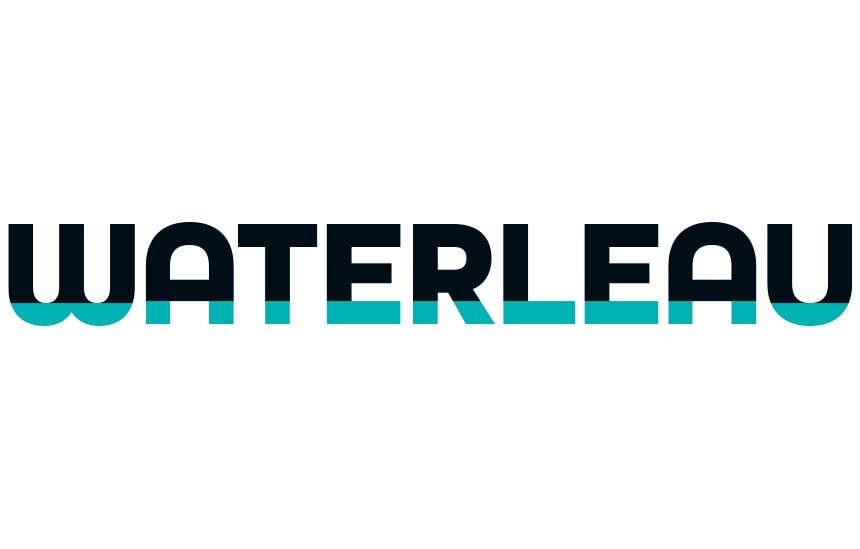As global water resources become increasingly scarce, the dairy industry faces mounting pressure to reduce its water footprint. Efficient water management is not only critical for sustainability but also for the economic viability of dairy processing operations. This guide provides a step-by-step roadmap for dairy factories to optimize their water footprint, from basic wastewater treatment to achieving water-positive operations.
Introduction
As global water resources become increasingly scarce, the dairy industry faces mounting pressure to reduce its water footprint. Efficient water management is not only critical for sustainability but also for the economic viability of dairy processing operations. By implementing a comprehensive approach to water management, dairies can significantly reduce their water usage, lower operational costs, and improve their environmental impact.
This guide provides a step-by-step roadmap for dairy factories to optimize their water footprint, from basic wastewater treatment to achieving water-positive operations.
Step 1: Understanding the Baseline Scenario
The first step in optimizing a dairy factory’s water footprint is to establish a baseline scenario. This involves assessing the current water usage throughout the facility, identifying key areas where water is consumed, and understanding the processes that generate wastewater. Typically, a dairy plant’s water usage is tied to processes such as milk reception, pasteurization, cleaning-in-place (CIP) systems, and cooling.
In a baseline scenario, the focus is primarily on treating wastewater to meet discharge regulations. This often includes processes like pre-filtration, dissolved air flotation (DAF) to remove fats and suspended solids, aerobic biological treatment, and post-clarification. While this setup ensures compliance with environmental regulations, it does little to reduce overall water usage or recycle water within the facility.
Key Considerations:
- Assess water intake sources and usage points.
- Identify wastewater streams and their composition.
- Calculate the costs associated with water intake, treatment, and discharge.
Step 2: Implementing Anaerobic Treatment for Energy Recovery
To move beyond the baseline scenario, dairy factories can incorporate anaerobic treatment into their wastewater management strategy. Anaerobic digestion is a process that breaks down organic material in the absence of oxygen, producing biogas as a byproduct. This biogas can be captured and used as a renewable energy source, offsetting the factory’s energy consumption and reducing reliance on external energy supplies.
Anaerobic treatment is particularly effective in dairy processing facilities where wastewater contains high levels of organic matter, such as fats, proteins, and lactose. By converting these organic materials into biogas, dairies can generate a stable and sustainable energy source, while also reducing the load on aerobic treatment systems.
Key Considerations:
- Evaluate the organic load in wastewater streams.
- Assess the feasibility of anaerobic treatment based on the facility’s energy needs.
- Explore opportunities to use biogas within the facility or sell it to the grid.
“By following this step-by-step guide, dairy factories can significantly reduce their water usage, minimize their environmental impact, and even become water positive” Commercial Leader at Waterleau, Daan Vandeplassche.
Step 3: Advancing to Water Reclamation and Effluent Reuse
The next step in optimizing water usage is to focus on water reclamation and effluent reuse. Water reclamation involves treating wastewater to a quality suitable for reuse within the facility. This reduces the need for fresh water intake and decreases the volume of wastewater that must be discharged.
In dairy processing, reclaimed water can be sourced from several areas, such as milk vapor condensates during powder production or whey permeate during cheese production. Technologies like ultrafiltration and reverse osmosis (RO) are commonly used to treat and reclaim water, making it suitable for use in non-potable applications such as boiler feed water, cooling, and cleaning.
Key Considerations:
- Identify potential sources of reclaimable water within the facility.
- Select appropriate treatment technologies based on the quality requirements of the reclaimed water.
- Ensure compliance with local regulations regarding water reuse.
Step 4: Moving Towards Water-Positive Operations
The ultimate goal for many dairy factories is to achieve water-positive operations, where the facility produces more water than it consumes. This is achieved by integrating advanced water reclamation and treatment technologies, along with innovative water management practices.
In a water-positive scenario, dairies not only reclaim and reuse water from internal processes but also recover additional water from sources like milk itself and rainwater. For example, water recovered from milk during evaporation processes can be treated and reused, contributing to a water-positive balance.
Key Considerations:
- Explore the potential for rainwater harvesting and its integration into the water cycle.
- Invest in cutting-edge water treatment technologies like Closed Circuit Reverse Osmosis (CCRO) to maximize water recovery.
- Consider the potential for using excess water in local agriculture or community water supplies.
Step 5: Continuous Improvement and Monitoring
Achieving and maintaining an optimized water footprint requires ongoing monitoring and continuous improvement. Dairy factories should implement real-time monitoring systems to track water usage, identify inefficiencies, and ensure that reclaimed water meets the necessary quality standards. Regular audits and reviews of water management practices can help facilities stay ahead of regulatory changes and adapt to new sustainability challenges.
Key Considerations:
- Invest in smart water management systems for real-time monitoring.
- Regularly audit water usage and treatment processes to identify improvement opportunities.
- Engage with stakeholders, including local communities and regulators, to ensure transparency and compliance.
Conclusion
Optimizing the water footprint in dairy processing is not only essential for sustainability but also for the long-term viability of the industry. By following this step-by-step guide, dairy factories can significantly reduce their water usage, minimize their environmental impact, and improve their bottom line. From basic wastewater treatment to achieving water-positive operations, each step along the way brings dairies closer to a more sustainable future.
As consumer demand, investor strategies, and government regulations continue to push for greater environmental responsibility, dairies that take proactive steps to optimize their water footprint will be well-positioned to lead the industry toward a more sustainable future. Implementing these practices today will ensure that the dairy industry can continue to thrive while protecting the planet’s most precious resource—water.

